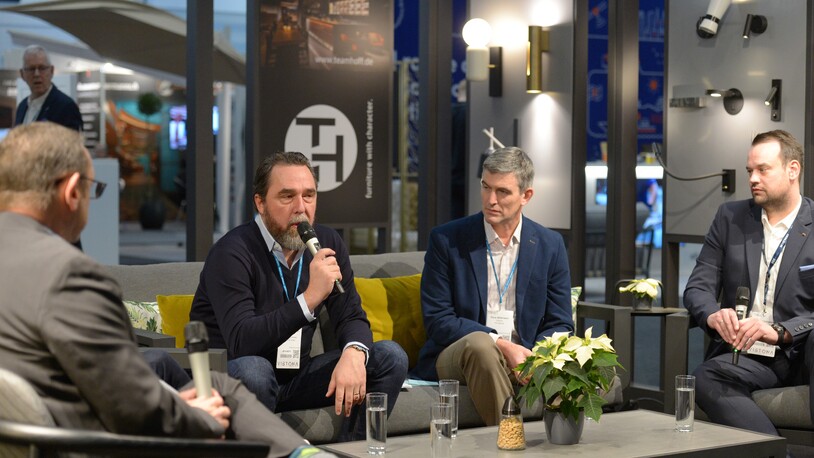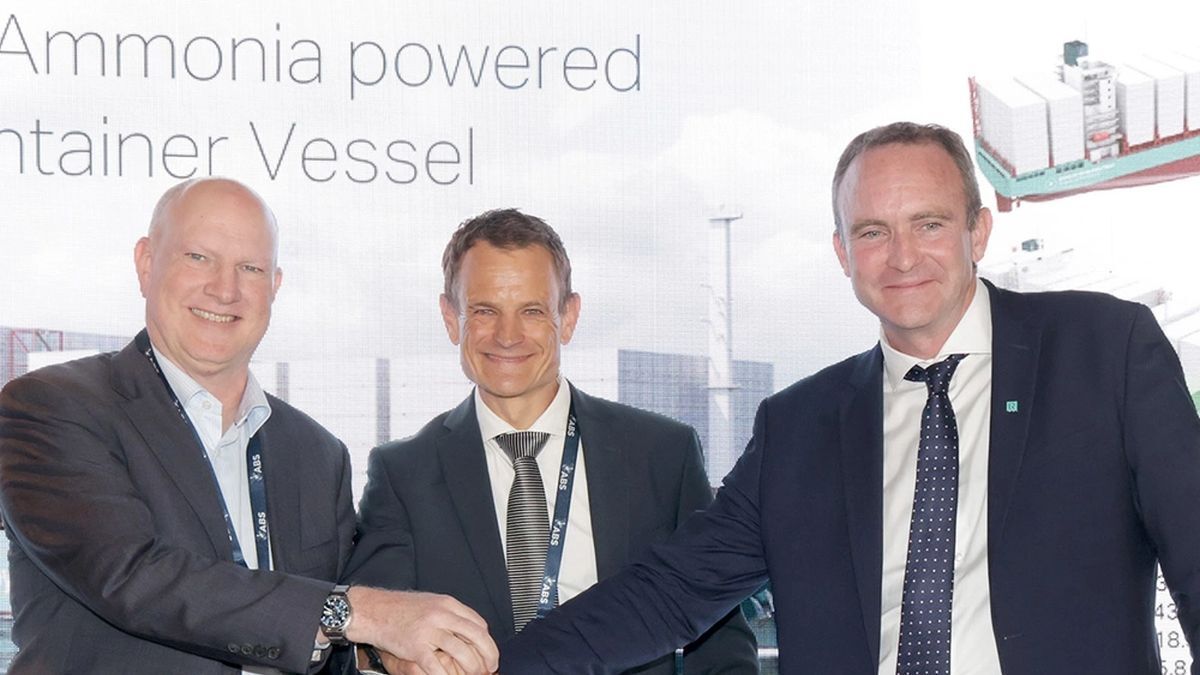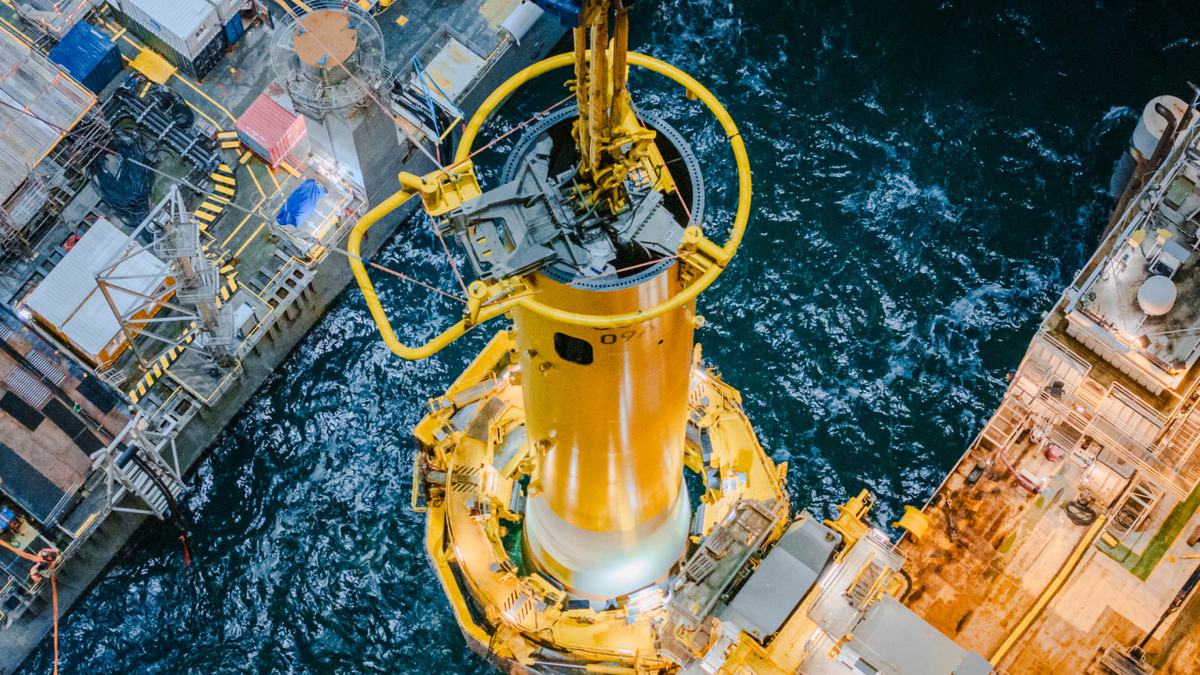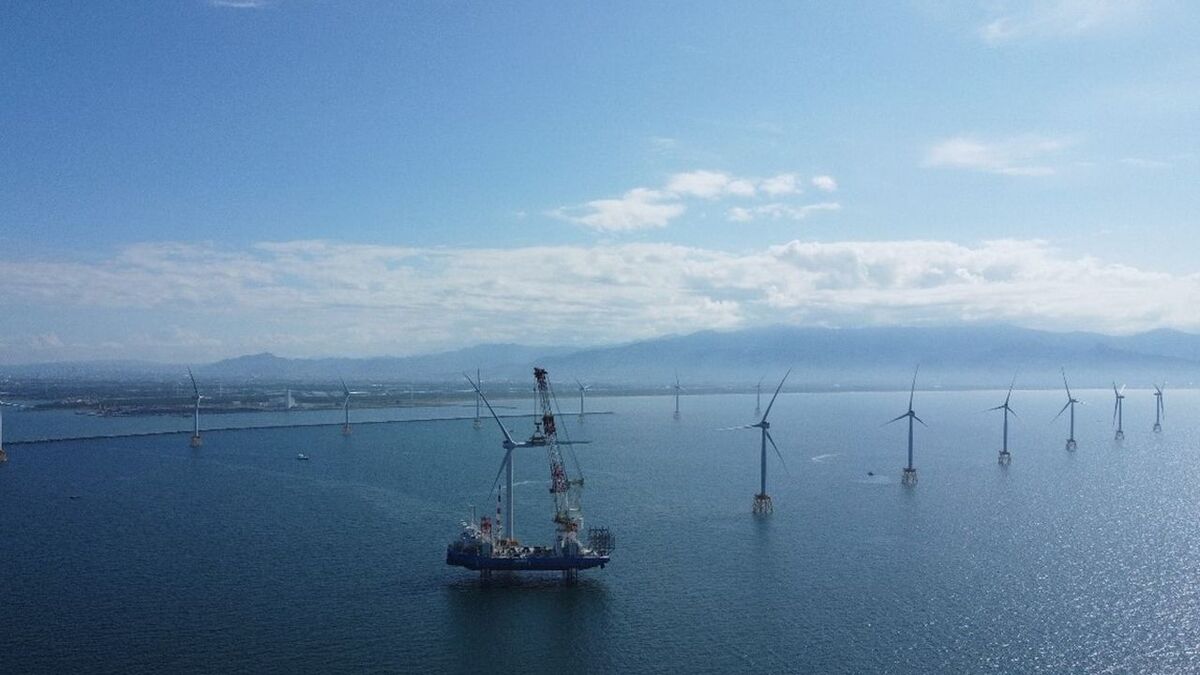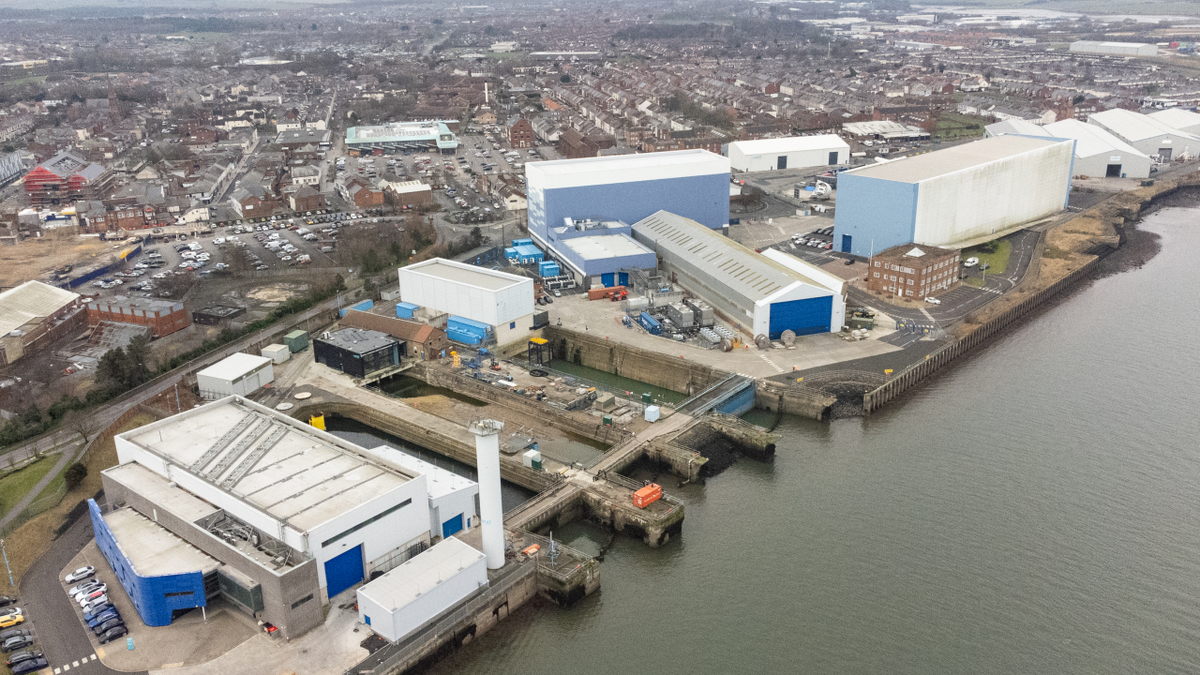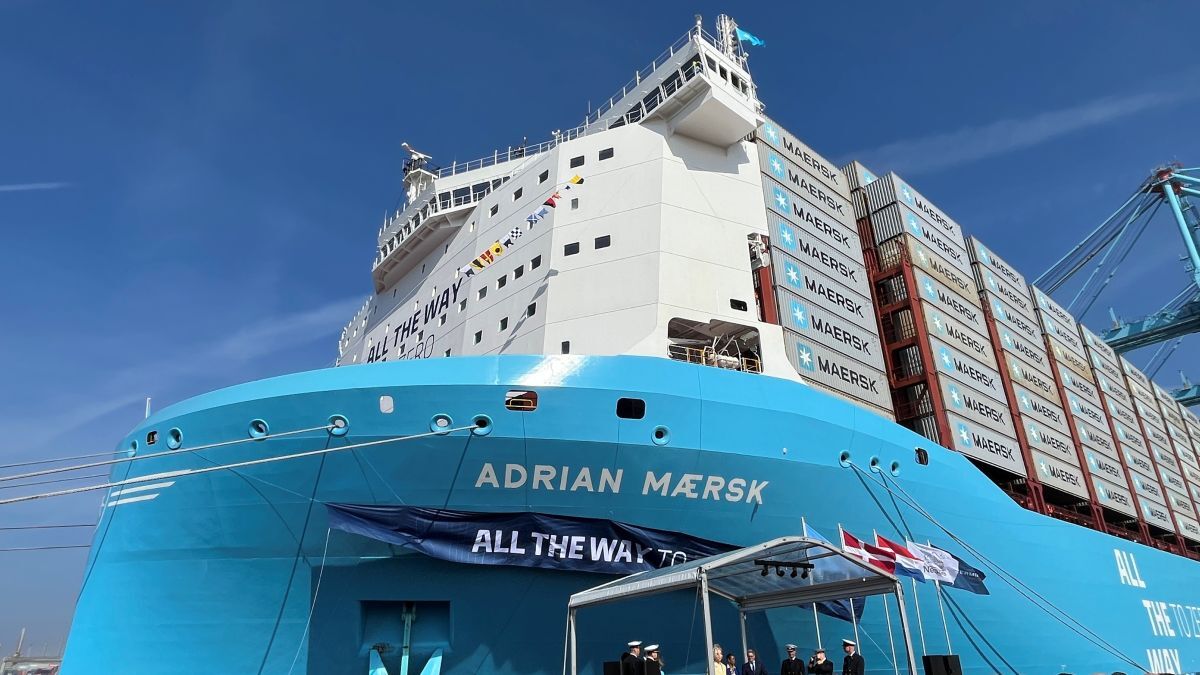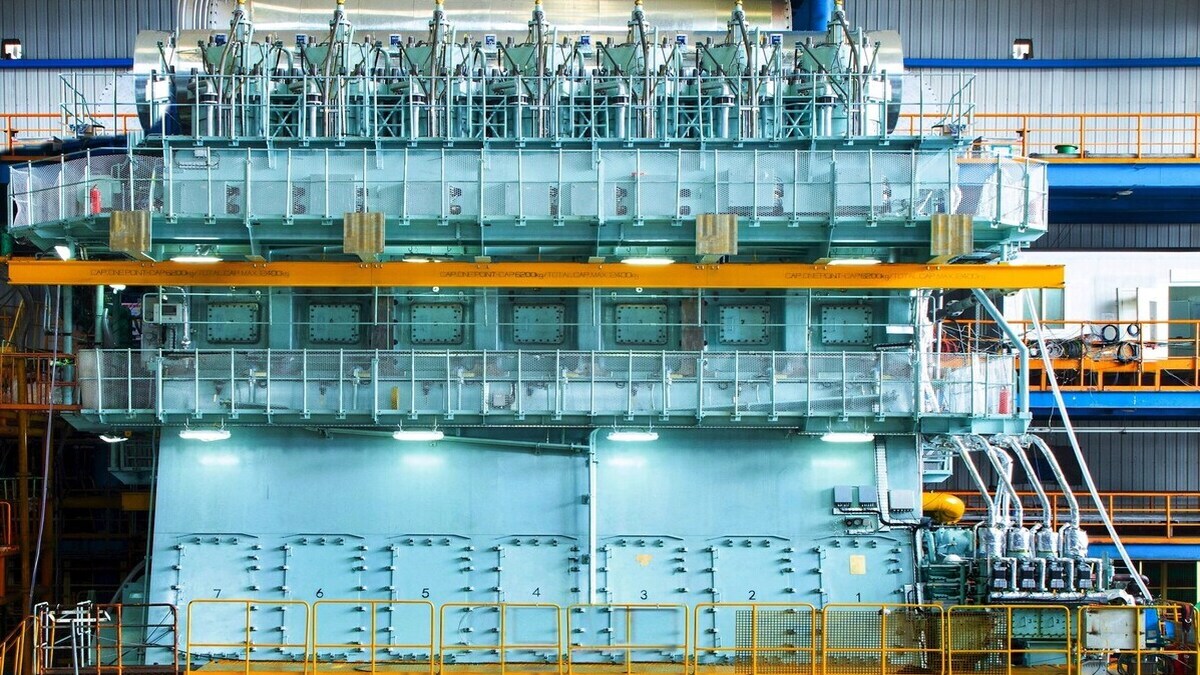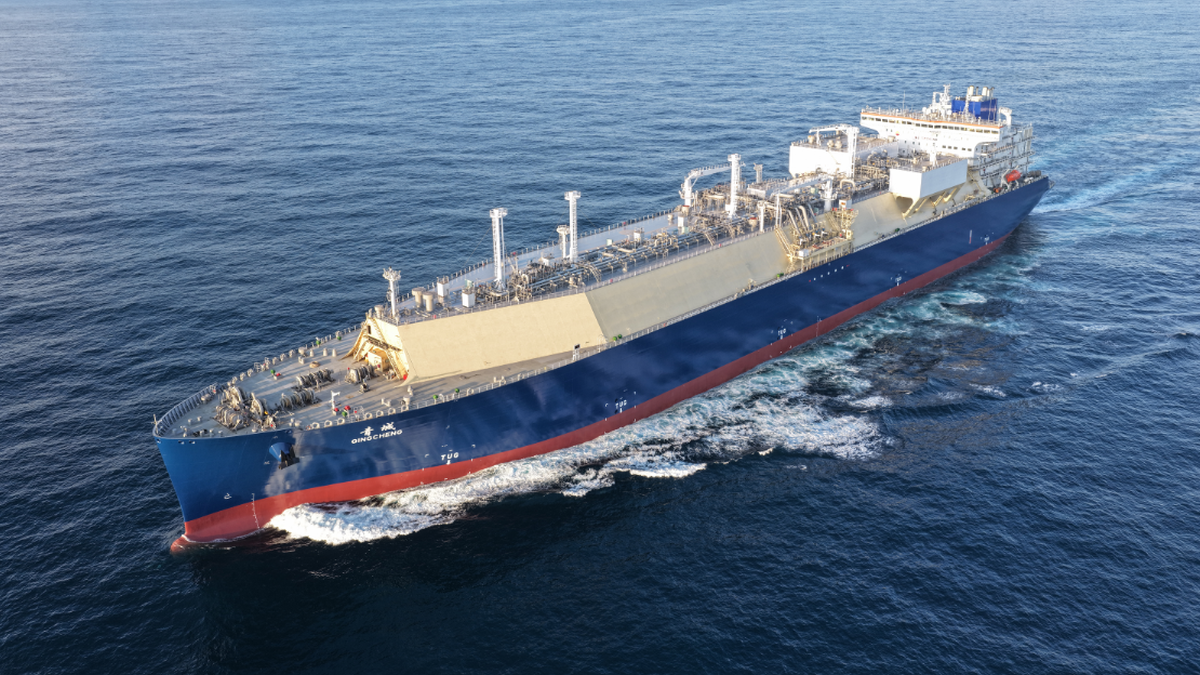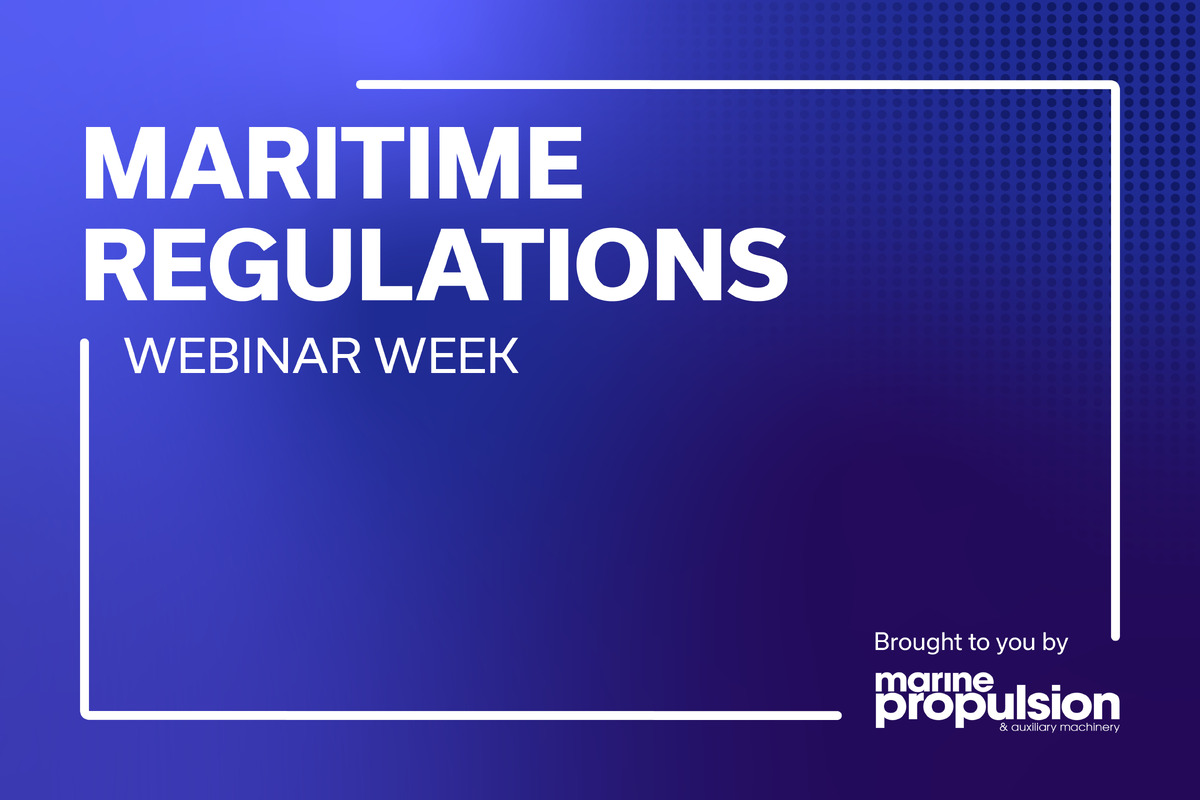Business Sectors
Contents
Class societies, shipyards roll out raft of ammonia-related advances
From ULACs and VLACs to an ammonia-fuelled box ship design, dual-fuel newbuilds in Singapore and a prototype ammonia scrubber, class societies and shipyards are moving ahead with ammonia
A pure car and truck carrier that runs on ammonia fuel and carries the fuel in a so-called K-ammonia containment system is in the works, with HD Hyundai Heavy Industries (HD-HHI) receiving an approval in principle (AiP) from Korean Register. Hyundai Glovis and G-Marine contributed to the risk-assessment for the vessel.
Separately, sister company HD Korea Shipbuilding & Offshore Engineering (HD KSOE) has presented plans for proprietary integrated scrubber technology to address safety concerns around the highly toxic ammonia gas.
HD KSOE said, "The integrated scrubber is an eco-friendly technology that absorbs emitted ammonia in two separate [ways], reducing [greenhouse gas] emissions to nearly zero. The exhaust outlets have also been uniquely designed to be distanced away from where the crew resides, enhancing the safety of the vessel."
Korean Register said it has granted an AiP for a 150,000-m3 capacity ultra-large ammonia carrier (ULAC) developed by Samsung Heavy Industries (SHI). The ULAC is designed to transport large quantities of ammonia while using ammonia as a propulsion fuel, ensuring zero carbon emissions during operation.
SHI performed the conceptual design of the fuel system, addressing the characteristics of ammonia, including fuel supply, ventilation and gas monitoring systems, and ensured the basic design of the large tanks met regulatory requirements. KR verified the safety of the ammonia fuel system, checked the suitability of the tank arrangement, and reviewed domestic and international regulations to confirm the design compliance of the ultra-large ammonia carrier.
KR also announced a Memorandum of Understanding (MoU) with Hanwha Ocean, Amogy, and Hanwha Aerospace focused on technical collaboration and certification for the application of ammonia reformers and ammonia fuel cell systems to ships. Ammonia reformers, used to produce gas with hydrogen as the main component and supply it to fuel cell stacks, are essential equipment for the adoption of fuel cell systems.
And SHI has won an AiP for its design of a midship section and cargo tank for a 960,000-m3 very large ammonia carrier. Among the largest in the world, the ammonia carrier design is the result of a joint development project that included the production of a 3D structural cargo hold model from SHI for review by ABS.
ABS also awarded approval in principle for a 50,000-dwt ammonia-powered tanker design proposal from HD Hyundai Mipo. The vessel will run on an ammonia engine designed by WinGD and manufactured by HD HHI’s Engine & Machinery Division, along with its ammonia fuel supply system designed by HD KSOE and an ammonia boiler designed by Kangrim Heavy Industries.
Designs for what is claimed to be the world’s largest very large ammonia carrier (VLAC) are underway through a joint development project between Lloyd’s Register (LR) and Guangzhou Shipyard International.
With100,000 m3 of cargo capacity, the vessel will feature an independent IMO type B tank for ammonia storage. The design was assessed according to LR’s Structural Design Assessment and prescriptive analysis.
Another joint venture for a 3,500-TEU, ammonia-fuelled container vessel design has been awarded an AiP from LR. A cross-industry taskforce including AP Møller-Mærsk, MAN Energy Solutions, Deltamarin, Eltronic FuelTech, LR and ABS, led by the Mærsk Mc-Kinney Møller Center for Zero Carbon Shipping, is behind the new design.
And, finally, ammonia dual-fuel engines are set for use on board four Eastern Pacific Shipping (EPS) Newcastlemax bulk carriers and two VLAC newbuilds that are scheduled for delivery starting in 2026.
Eastern Pacific Shipping signed MoUs with the Maritime and Port Authority of Singapore and classification societies Lloyd’s Register and ABS, committing six of its ammonia dual-fuel newbuilds to be registered under the Singapore Registry of Ships upon delivery. The commitment to build the new vessels comes six months after EPS announced a collaboration with MAN Energy Solutions, HD HHI and yards from the China State Shipbuilding Corp on the development of an ammonia-burning engine.
Sign up for Riviera’s series of technical and operational webinars and conferences:
- Register to attend by visiting our events page.
- Watch recordings from all of our webinars in the webinar library.
Related to this Story
Events
Offshore Support Journal Conference, Middle East 2025
Maritime Regulations Webinar Week
© 2024 Riviera Maritime Media Ltd.

